Electric Truck Knowledge
Long-Term Parking of New Energy Logistics Vehicles? You Need to Do This
Posted on by Electric Trucks
The number of new energy electric freight vehicles in the market is steadily on the rise. However, it’s important to note that freight vehicles differ significantly from household cars. Freight vehicles are often influenced by the off-seasons and peak seasons of the freight sources. For instance, the first half of the year might be the off-season, but when summer arrives and the demand for fast-moving consumer goods surges, it transitions into the peak season. Major shopping events such as Double Eleven, Double Twelve, and the New Year Shopping Festival also stimulate the extensive utilization of freight vehicles.
So, apart from the bustling peak seasons, there are likely to be intervals where electric freight vehicles remain idle for extended periods. Today, let’s delve into the essential precautions to be taken when parking these vehicles for the long term.
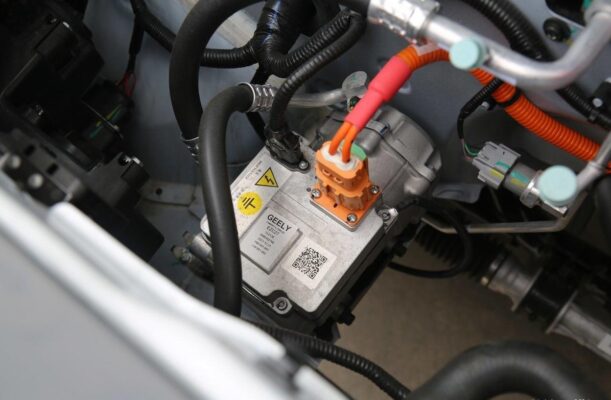
Precautions:
- Disconnect the negative pole of the small battery or turn off the power supply switch. This measure is crucial as it prevents the small battery from remaining in a state of power depletion for an extended duration, thereby averting potential damage to it. Additionally, it simplifies the process for the next usage. All one needs to do is reconnect the negative pole directly, and the vehicle can resume normal operation. Conversely, if the small battery runs out of power, one might find themselves scrambling to borrow connecting wires and restore power before being able to drive normally.
Let’s elaborate on this point. The small battery, often overlooked, plays a vital role in providing the initial power for various vehicle systems. When the vehicle is parked for a long time, even if the main power battery is disconnected, the small battery can still discharge gradually due to inherent self-discharge characteristics or the standby power consumption of certain onboard electronics. If not managed properly, this could lead to a complete discharge of the small battery, resulting in potential issues such as failure to start the vehicle or damage to the battery’s internal structure.
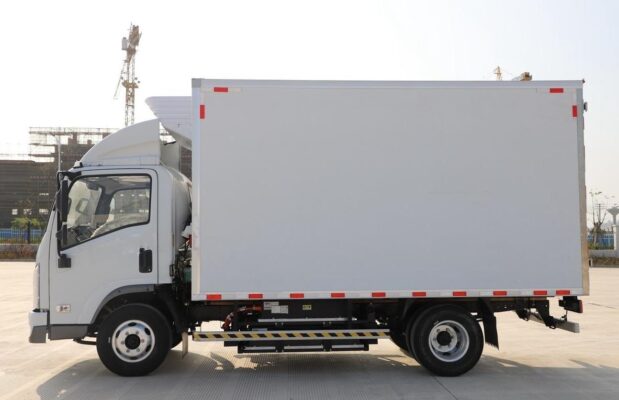
- During the parking period, it is imperative to ensure that the battery SOC (State of Charge) remains above 60%. When the power battery is not in active use, there is an inevitable power loss. To avoid reaching a critically low power state, maintaining a relatively high power level is essential.
This is because a power battery that is left at a low state of charge for an extended time can experience various negative effects. For example, it might lead to a reduction in battery capacity over time, increased internal resistance, and compromised charging and discharging performance. Keeping the SOC above 60% helps mitigate these risks and ensures that the battery is in a relatively healthy state when it’s time to resume operation.

- In northern cities during winter, special attention must be paid to cold protection. If the motor is water-cooled, close attention should be given to the antifreeze. This aspect is similar to the requirements for ordinary cars. If the antifreeze does not meet the specified standards, the pipelines could potentially crack due to freezing.
The cold winter conditions pose specific challenges to the vehicle’s cooling system. Inadequate antifreeze protection can result in frozen and cracked pipes, leading to coolant leakage and subsequent damage to the motor. This not only incurs repair costs but also disrupts the vehicle’s operational readiness when needed.
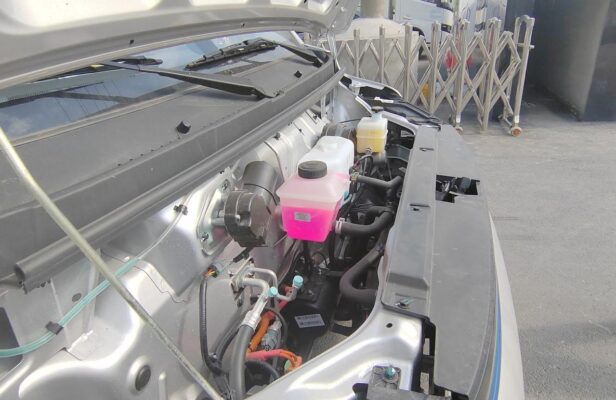
- It is highly recommended to drive and charge the vehicle at least once every month. To maintain the power battery and the vehicle in optimal condition, the vehicle needs to be mobilized periodically. Just as the common saying goes, a vehicle is not afraid of being used but is afraid of being left idle for prolonged periods.
Regular driving and charging help to keep the battery’s chemical reactions active, prevent the formation of crystalline structures within the battery cells, and ensure the proper functioning of various mechanical and electrical components. It also allows for the detection of any latent issues or faults that might have developed during the parking period.
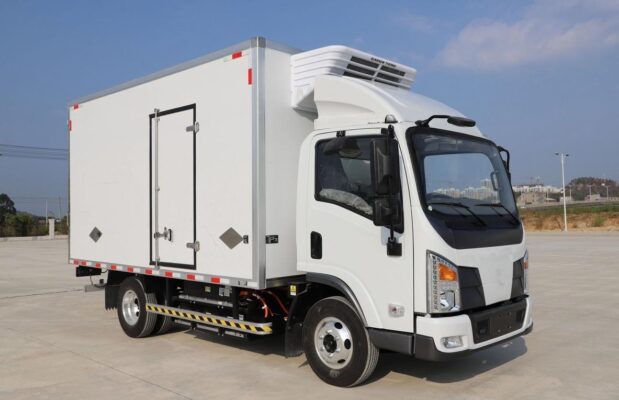
- Store the vehicle at an elevated location and diligently avoid the ingress of water or other liquids into the battery pack or high-voltage lines. This aspect is of paramount importance. Low-lying areas are prone to water accumulation. Electric vehicles are particularly vulnerable to water exposure. At the mildest, excessive humidity can arise, and at the worst-case scenario, water can infiltrate the battery, causing damage and posing a fire hazard.
Even a small amount of water entering the battery pack or high-voltage components can trigger short circuits, electrical malfunctions, and in severe cases, fires. Therefore, choosing a dry and elevated parking spot is a crucial preventive measure.
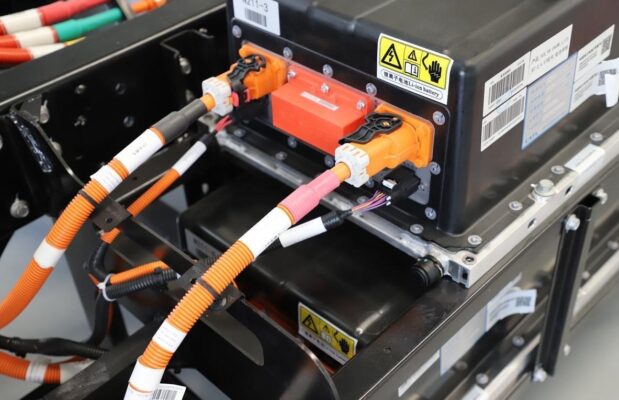
- Park the vehicle in a dedicated lot and avoid long-term outdoor parking. During the storage period, all vehicles should be powered on once a month and driven for a certain distance to verify that the clutch, brake, gear shift, and other functions are operating correctly.
A dedicated parking lot offers a more controlled and protected environment compared to outdoor parking. It reduces the exposure to adverse weather conditions, vandalism, and other external factors that could potentially damage the vehicle. Regular power-on and driving for a short distance help to exercise and lubricate the mechanical components, ensuring their smooth operation when the vehicle is needed for active duty.
- If the vehicle remains unused for an extended period, it is advisable to perform a charge-discharge cycle for the small battery every three to six months. This is yet another measure to prevent damage to the small battery in its long-term unused state.
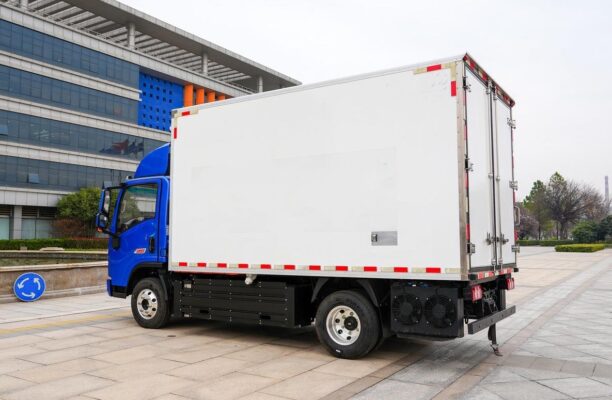
Just like the main power battery, the small battery also benefits from periodic charge-discharge cycles to maintain its performance and longevity. This helps to counteract the effects of self-discharge and ensures that the small battery remains functional and reliable when called upon.
In conclusion, when it comes to the long-term parking of new energy logistics vehicles, adhering to these precautions is not only essential for maintaining the vehicle’s performance and safety but also for minimizing the potential for costly repairs and ensuring a seamless return to service when the demand arises. By taking these proactive steps, vehicle owners and operators can safeguard their investment and ensure the continued reliable operation of their new energy freight vehicles.